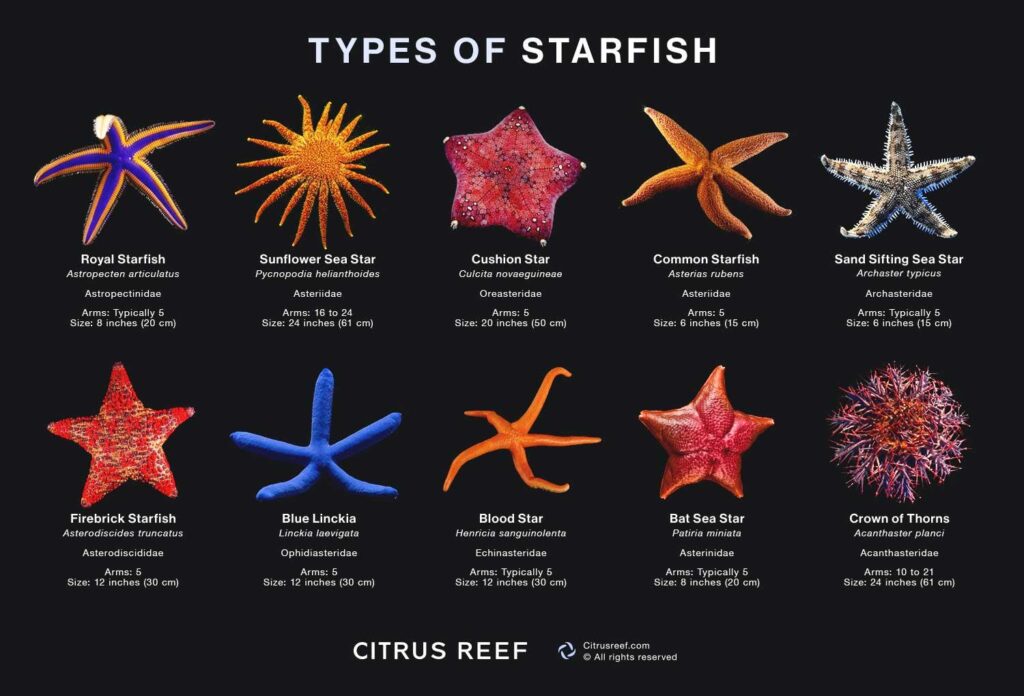Scientists have reportedly cracked the enigma behind the mass die-off of more than 5 billion sea stars that has bewildered marine biologists and environmentalists alike. The unprecedented decline of these keystone marine creatures, which began several years ago and spanned vast stretches of coastline, had sparked concerns about ecosystem instability and biodiversity loss. Now, new research sheds light on the cause of this devastating event, offering crucial insights that could help protect ocean life in the future.
Scientists Identify Cause Behind Massive Sea Star Die-Off
After extensive research, marine biologists have pinpointed the primary culprit behind the drastic decline of sea star populations along the Pacific coastline. The team discovered a highly contagious virus known as Sea Star-associated Densovirus (SSaDV) responsible for triggering a devastating syndrome that led to mass mortality. This pathogen causes what scientists call Sea Star Wasting Disease, characterized by rapid tissue decay, arm detachment, and eventual disintegration of the affected animals.
Key findings from the study highlight several aspects of the outbreak’s impact:
- Geographical spread: The disease rapidly expanded from localized regions to nearly the entire western coast of North America within months.
- Species affected: Over 20 sea star species, including the once-abundant sunflower and ochre stars, showed high susceptibility.
- Environmental factors: Elevated sea temperatures appear to accelerate the virus’s lethality, making climate change a possible contributor.
| Parameter | Observation |
|---|---|
| Mortality Rate | Up to 90% in affected populations |
| Recovery Time | Estimated 5-10 years for some species |
| Virus Transmission | Waterborne and direct contact |
| Temperature Threshold | Above 15°C increases infection speed |
New Research Reveals Environmental and Biological Factors at Play
Extensive analysis by marine biologists has unveiled a complex interplay of environmental pressures and biological vulnerabilities that collectively led to the catastrophic decline of sea star populations across the Pacific. Rising ocean temperatures, increased pollution levels, and viral pathogens were identified as principal contributors. In particular, scientists highlighted how warmer waters exacerbated the spread of a deadly densovirus that specifically targets sea stars, weakening their immune systems and accelerating mortality rates.
Further investigation revealed several critical factors influencing the rapid die-off:
- Ocean temperature anomalies: Sustained temperature spikes disrupted sea star metabolism and stress tolerance.
- Densovirus outbreaks: The virus spread swiftly through already stressed populations.
- Declining water quality: Pollution and nutrient runoff created hostile conditions for marine life.
- Habitat degradation: Coastal developments reduced vital nursery grounds.
| Factor | Impact Level | Primary Effect |
|---|---|---|
| Ocean Temperature | High | Immune suppression |
| Densovirus | Critical | Mass mortality |
| Pollution | Moderate | Stress increase |
| Habitat Loss | Moderate | Decreased breeding habitats |
Experts Urge Immediate Conservation Measures to Protect Sea Star Populations
Leading marine biologists and ecologists have identified a deadly viral pathogen as the main culprit behind the catastrophic decline of sea star populations along the Pacific coast. This revelation comes after years of intense research following the unprecedented epidemic that has wiped out an estimated 5 billion sea stars. Experts warn that without swift action to mitigate environmental stressors and contain the spread of this pathogen, the delicate ecosystem balance could suffer irreversible damage, affecting both marine biodiversity and coastal economies.
Conservationists are calling for urgent implementation of strategies such as:
- Enhanced monitoring programs to track sea star health and disease outbreaks
- Restrictions on coastal pollution and habitat disruption
- Public education campaigns to prevent the unintentional spread of pathogens
- Support for restoration projects to repopulate affected areas
| Measure | Intended Effect | Timeline |
|---|---|---|
| Water Quality Regulations | Reduce pollutants that weaken sea star immunity | Immediate |
| Disease Surveillance | Early detection of outbreaks | Ongoing |
| Habitat Restoration | Rebuild and enhance natural environments | Short-term (1-3 years) |
| Community Outreach | Increase public awareness and engagement | Continuous |
Future Outlook
The resolution of this longstanding mystery marks a significant breakthrough in marine science, offering new insights into the delicate balance of ocean ecosystems. As researchers continue to monitor sea star populations, this discovery not only sheds light on past die-offs but also underscores the importance of vigilance in protecting marine life from emerging threats. The findings serve as a crucial step toward preserving biodiversity and ensuring the health of our oceans for future generations.
